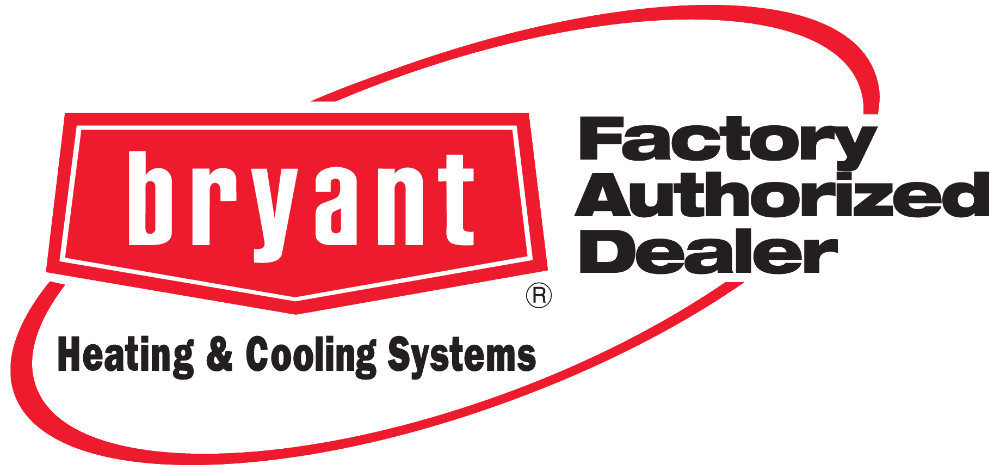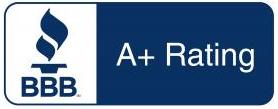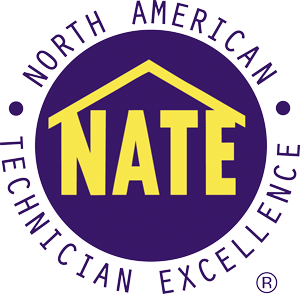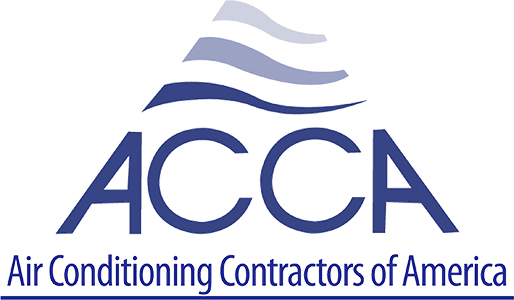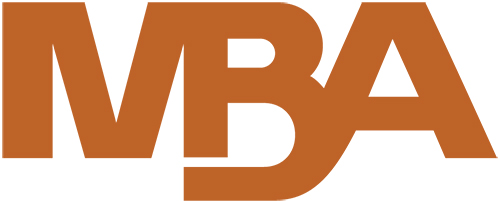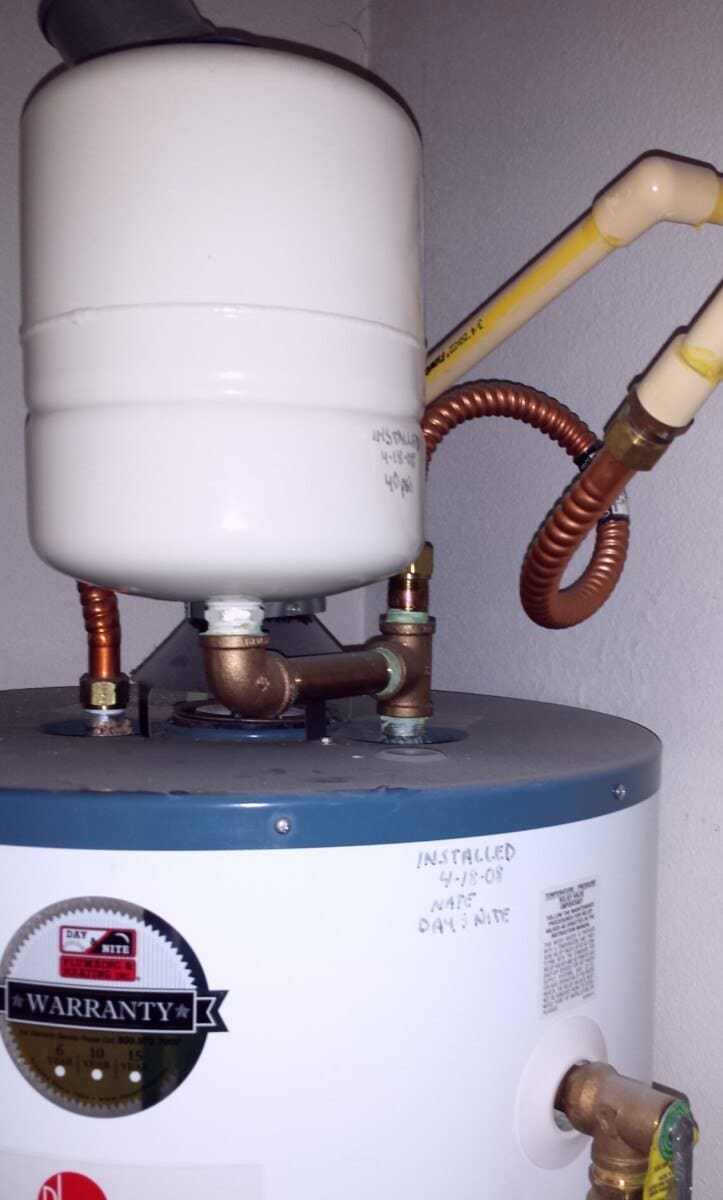
This question is asked so often the answer demands a revisit every now and then. If a water heater purchase is in your future we suggest that you read on.
One of the most common questions I get from Homeowners and Property Managers is this; are those small tanks we sometimes see on top of a regular water heater really necessary? If so, why? And if they are needed, do they ever need servicing or replacement? Yes, yes and yes! Expansion Tanks are necessary, and here’s the story:
The Reason
All manufacturers of conventional ‘storage tank’ style water heaters require a properly sized and applied Expansion Tank, or all warranties are void. And, because most all conventional water systems are ‘closed’ in nature, State Plumbing Codes also require a ‘means for expansion’ in all conventional water systems. Why?
If you have a tank with a 50-gallon capacity, and it’s full of cold water, when that water is heated from ground temperature (about 45-degree F.) to 120-degree F, that 50-gallons of water becomes about 50.86 gallons of water and that extra ¾ of a gallon needs to go somewhere.
The History
30+ years ago, municipal water systems were different and simpler. The Water Main under the street connected to homes and buildings, sometimes without a water meter. In those days, when a water heater or boiler heated water and it expanded, the ‘extra’ water simply crept backwards into the water main. Nobody cared about it and few even knew about it.
As populations grew denser, and with the advent of ‘big box stores’, more people started doing their own plumbing and landscaping irrigation, and the incidents of ‘cross connections’ started to climb steeply. A ‘cross-connection’ happens when clean, potable water gets connected -even for just a few moments- to non-potable water…and people get very sick and/or die.
The Tragedy
Years ago on a hot afternoon in the Midwest, there was a house fire a block away from a local high school. The Fire Department came, hooked up to the fire hydrants and began to pump water out of the local mains to fight the fire. The water supply in neighboring homes was reduced to a trickle. At the high-school, football practice was in full swing. When they took a break to watch the commotion, they couldn’t get any water from their drinking fountain next to the field. Almost an hour later, their drinking fountain was working again, and everybody drank lots of water. Within a few hours, all were sickened, and within a few days many of the team died.
It was later discovered that when the Fire Department was pulling water from the local water hydrants, they also sucked water back into the water mains that came in through irrigation sprinkler heads that were in puddles of water contaminated by fertilizer and dog feces. After the fire, when water pressure was restored, this contaminated water was sent back out into the system and delivered to the taps, toilets, and drinking fountains being used.
The Change
Due to many episodes like this, since the 1980’s there have been many upgrades in Water Systems and Plumbing Codes designed to help avoid cross-connections. Throughout the country, most municipal water systems have installed new water meters that have two integral check-valves. These check-valves help prevent water from flowing backwards through meters and out into the mains under the street. This created millions of ‘closed systems’ that needed to somehow handle the expansion that occurs when the water heaters did their job.
T&P valves (Temperature & Pressure actuated relief valves) have long been required on water heaters, but when they suddenly began to reside inside a ‘closed system’, they began to pop off and/or leak a lot when the expanding water caused the pressure to grow very quickly. Every time more than a few gallons of water were heated the ‘roller-coasting’ pressure cycles would cause the sides of the water heater to ‘swell’ or bulge a tiny bit, and that’s all it took.
Storage Tank style water heaters are lined with molten glass during manufacturing, so the whole interior has a thin glass lining designed to protect the steel tank from the oxygen rich water it’s heating. But the frequent swelling and relaxing immediately made thousands of tiny cracks in the glass lining, causing water heaters to leak and fail in 10-12 years, instead of 20-30 years like in the ‘old days’.
Expansion Tanks are the Answer
Installing properly sized and ‘tuned’ Expansion Tanks to new water heaters became the best solution. A good Expansion Tank has a ‘bladder’ inside it that keeps the water and air inside it separated, because the water going in and out of the tank would soon absorb the air and render the tank ineffective.
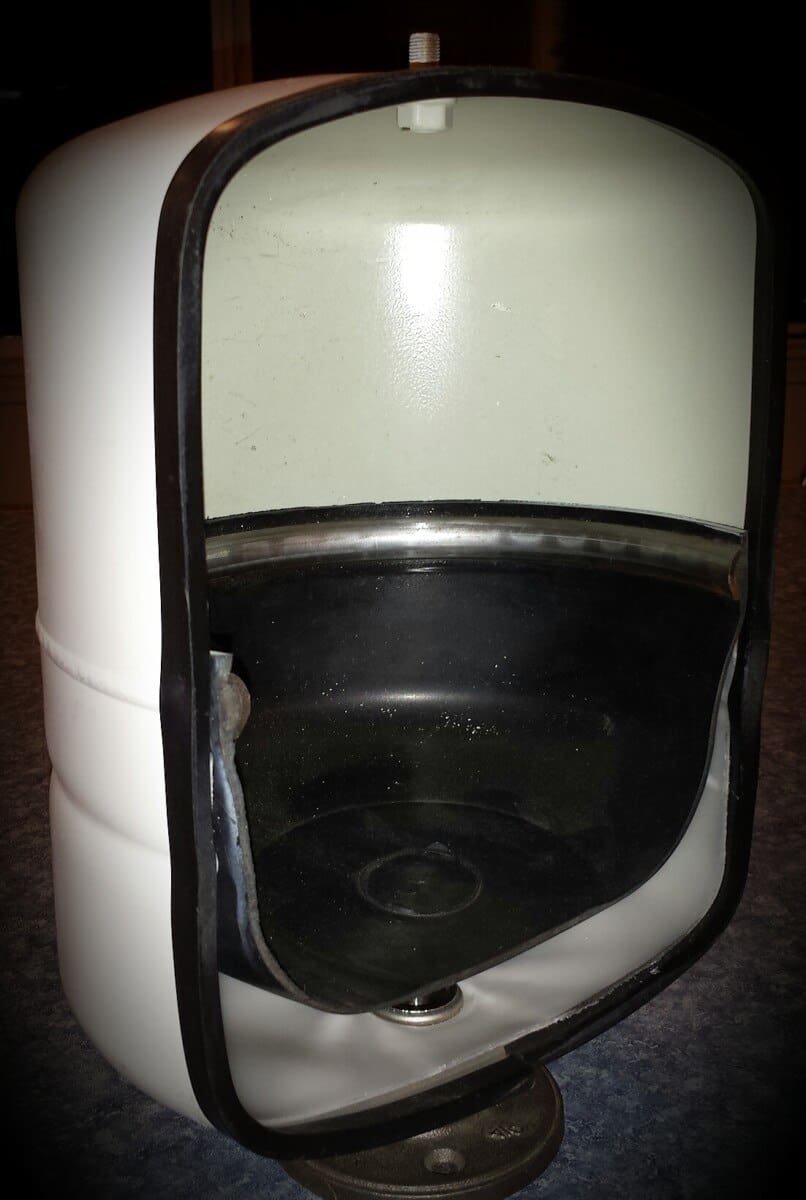
If the air on the ‘air side’ of the tank is adjusted/tuned to match the incoming water pressure, it allows the maximum amount of room to accept the increased size of the heated water. The size of the Expansion Tank, it’s placement in the system, and its “tuning”, all need to be very specific and follow the manufacturer’s instructions. And, the air pressure needs to be checked annually in a very specific manner, typically when the water heater is serviced. If the Expansion Tank is ignored, it normally will become ineffective in 3-6 years, and will be like there is no Expansion Tank at all.
Conclusion
So, are Expansion Tanks necessary on most water systems? An emphatic Yes! Heated water expands, and in a closed system it needs a good place to go without losing it through the T&P Valve. And yes it needs to be properly installed, tuned, and serviced annually. A Licensed & Certified Plumber knows your equipment, the local codes and the local Municipal Water Systems specs and conditions. And they are the best bet to help you protect your investment and get the most value, life and service out of your water heating equipment.
Bruce Davis, Sr.
Licensed Journeyman Plumber
Licensed Electrician, HVAC/R
Electrical Administrator, HVAC/R
Certified WA State C.E.U. Instructor
Bruce Davis Sr is President of Day & Nite Plumbing & Heating, a 69-year-old family owned and operated plumbing and heating business in Lynnwood, Washington.
Bruce can be contacted at: Email: Bruce@dayandnite.net
Day & Nite Plumbing & Heating Inc. 16614 13th Ave. W. Lynnwood, WA 98037
Phone: 800-972-7000

